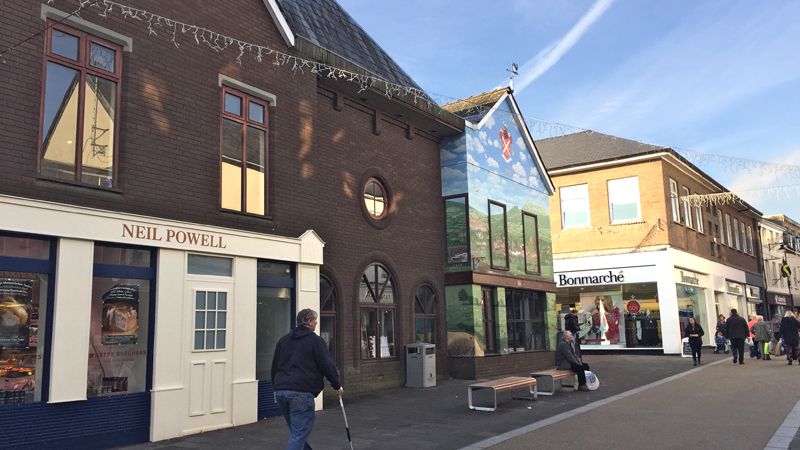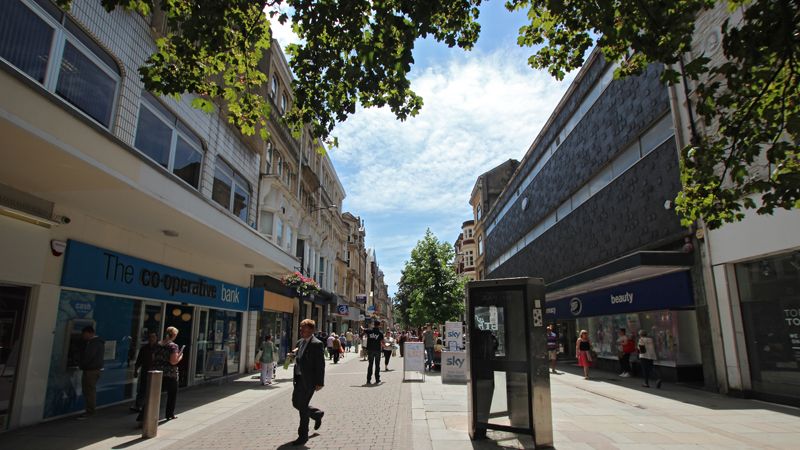Retail Sector
Movements in rateable value here range from a fall of 19.6% in Newport to growth of 4.7% in Conwy. The fall of 9.7% in Cardiff is a little unexpected in the context of Cardiff’s improved ranking during the life of the 2010 list - although other retail areas within the city centre did suffer as a result.
Office Sector
Here, movements in rateable value range from a fall of 12.7% in Newport to growth of 11.4% in Powys. Again, the consistent message is that the urban, industrial areas have seen the sharpest declines, whilst the more rural authorities in mid and north Wales have seen marked increases. These are counter-intuitive and contrary to previous revaluations.
Industrial Sector
Here the range is from a fall of 18.3% in Blaenau Gwent and an increase of 14.1% in Denbighshire. Again, Gwynedd, Conwy and Denbighshire have seen double-digit growth whereas neighbouring Wrexham has seen more modest growth of 1.7%, perhaps surprising considering Wrexham’s proximity to the northwest powerhouses of Liverpool and Manchester.
The figures are interesting, but when the results are mined down to the micro level, there will inevitably be further wide variations within these averages. An example of this recently hit the headlines when rateable value movements for Monnow Street in Monmouth were published. Here the average movement for retail properties shows an increase of 30%, but this varies between increases of 6% for the supermarkets to 66% for standard retail units.
The 2017 Revaluation will provide challenges to many, including rating practitioners and billing authorities. The valuation date for the 2017 list was 1st April 2015, a time when the economy was slowly emerging from a deep recession. Rental transactions were still scarce and there was inevitably a lack of good quality rental evidence on which to base assessments, which may account for some of the apparent anomalies in the rateable value movements between different towns and cities in Wales as outlined above.
When rating surveyors are asked to examine new rateable values for clients, they will need to show due consideration to comparable rents, which will often require careful analysis to provide reliable evidence of value, for example: stripping out any rent-free periods or other inducements.





